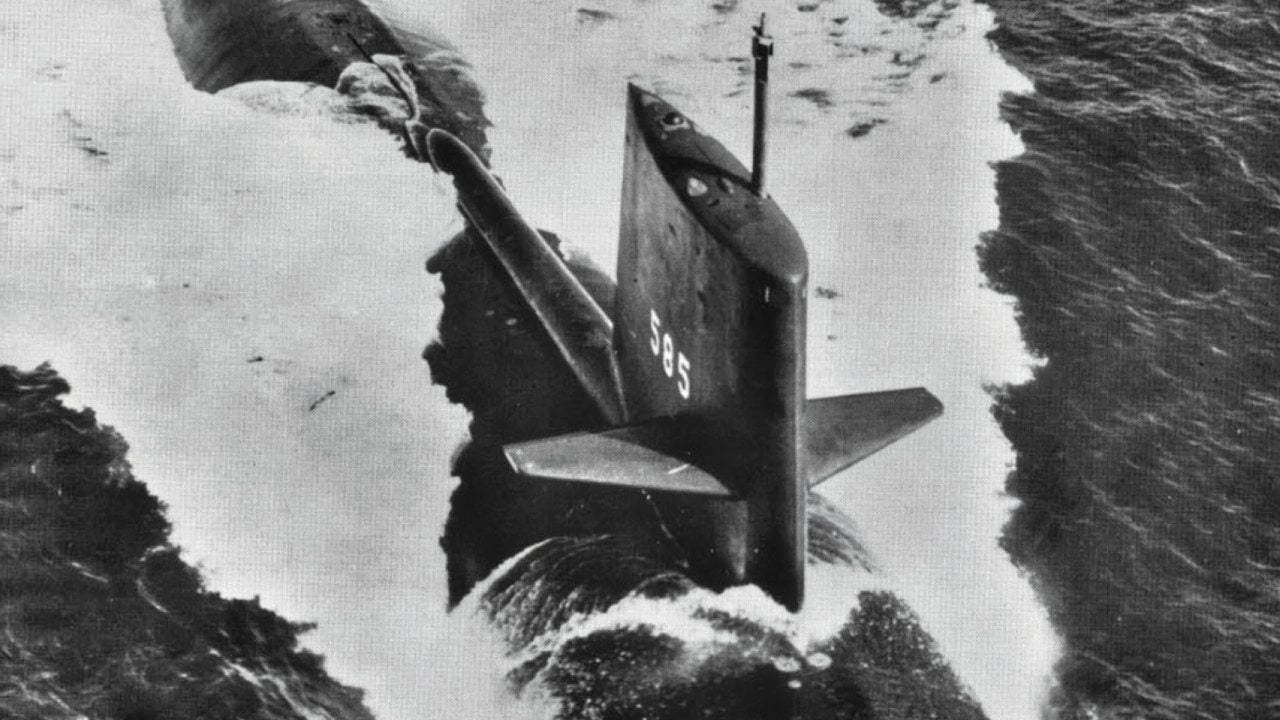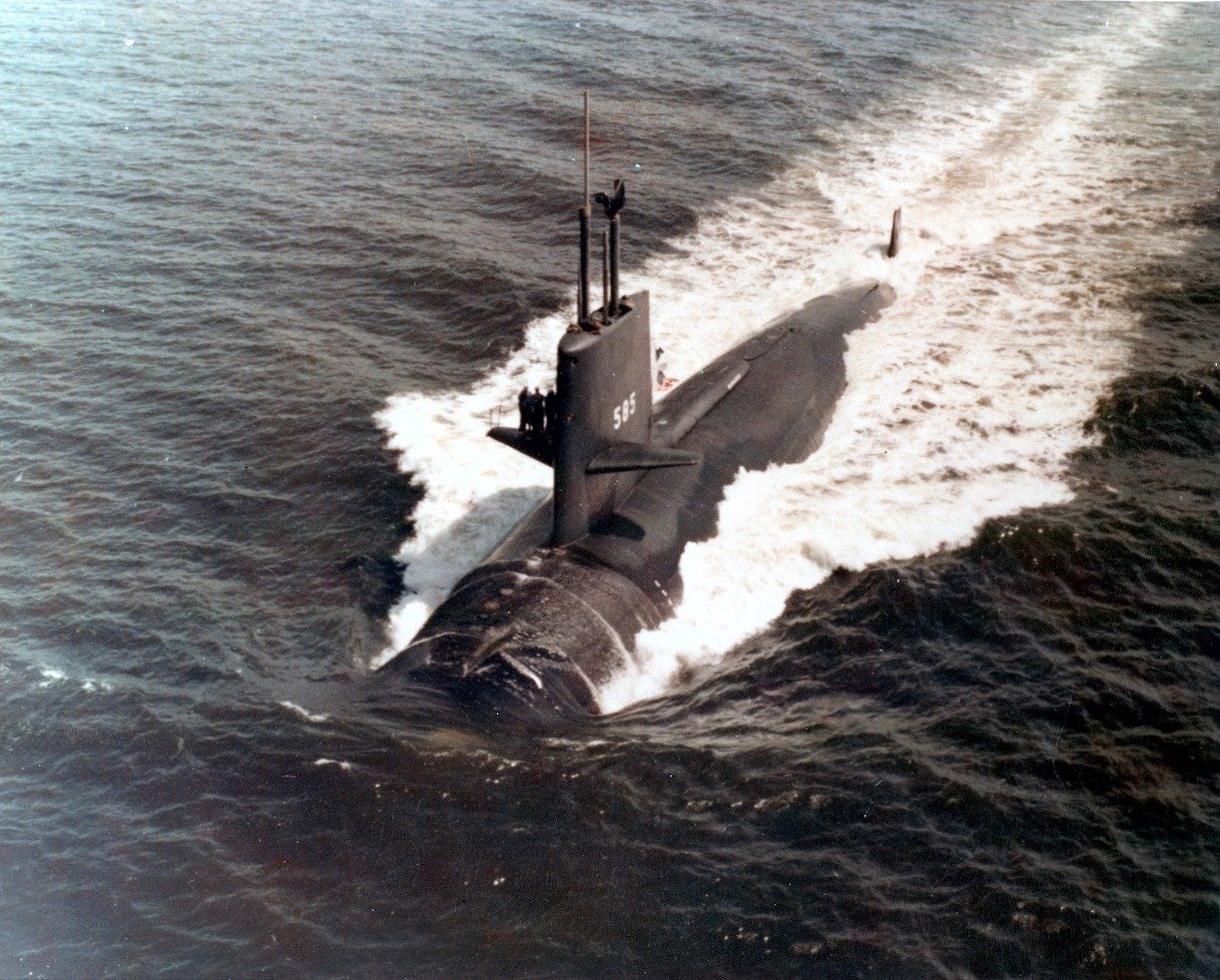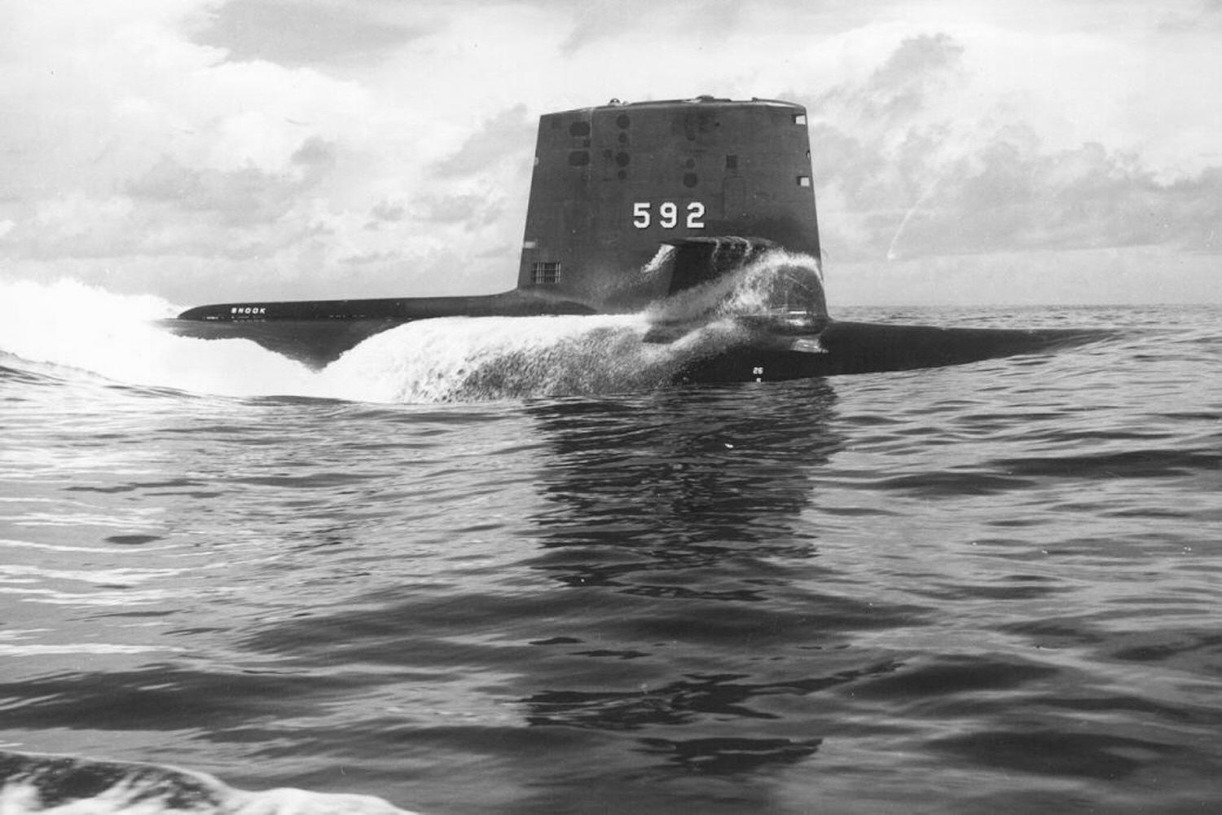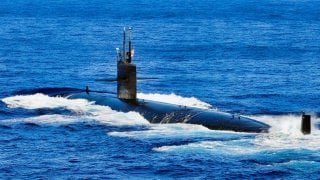A U.S. Navy Nuclear Submarine Might Have Been Sunk By Its Own Torpedo
During the Cold War, the U.S. Navy lost two nuclear-powered submarines to accidents. The USS Thresher (SSN-593) sank in 1963 during deep tests, while the USS Scorpion (SSN-589), a Skipjack-class attack submarine, was lost under mysterious circumstances on May 22, 1968, with 99 crew members.
Summary and Key Points: During the Cold War, the U.S. Navy lost two nuclear-powered submarines to accidents. The USS Thresher (SSN-593) sank in 1963 during deep tests, while the USS Scorpion (SSN-589), a Skipjack-class attack submarine, was lost under mysterious circumstances on May 22, 1968, with 99 crew members.

-The Scorpion was found months later, broken on the ocean floor. Investigations suggested mechanical failure or accidental torpedo activation as possible causes, but the exact reason remains unclear.
-The loss underscored the dangers of submarine service and the challenges of maintaining these complex vessels.
USS Scorpion: The Cold War Mystery of the Lost Submarine
During the Cold War, the U.S. Navy maintained a strong safety record for its nuclear-powered submarines. Still, two were lost to accidents. The first was the USS Thresher (SSN-593), the lead boat of a class of nuclear-powered attack submarines developed in the late 1950s. She sank during deep tests on April 10, 1963.
Five years later, the Navy suffered the loss of a Skipjack-class attack submarine under mysterious circumstances. On May 22, 1968, the USS Scorpion (SSN-589) was lost with 12 officers and 87 sailors. It was one of the worst accidents in U.S. Navy history.
Meet the Skipjack-class
Skipjack-class attack submarines were arguably the first modern boats. They combined two innovations: nuclear power and a teardrop hull design. The nuclear propulsion gave the submarines unlimited range and allowed them to remain submerged for weeks at a time, while the teardrop hull reduced underwater resistance and allowed greater submerged speed and maneuverability.
Neither technology by itself was new. The USS Nautilus (SSN-571) – the world's first nuclear-powered submarine – entered service in 1954, while the USS Albacore (AGSS-569) was the first to feature the teardrop hull when it entered service in 1958.
However, as a "top to bottom" new attack submarine design, the Skipjack class was equipped with both features.
The USS Skipjack (SSN-585) – the lead boat was named after the Skipjack tuna – was also the first nuclear submarine to utilize a single shaft, while the placement of the bow planes on the sail helped reduce flow noise at the bow-mounted sonar. The fish-shaped subs, which were a departure from cigar-shaped hulls, became the basis of all future American submarines.
A total of six Skipjacks were produced from 1956-1961, and the boats remained in commission from 1959 until 1990. However, as noted, one had her career tragically cut short.
What Happened to the USS Scorpion?
USS Scorpion had assumed the name from an earlier boat that was converted to the USS George Washington (SSBN-589).
Commissioned in July 1960, her career wasn't particularly noteworthy. But she was overdue for a major overhaul in the spring of 1968 when she was operating with the U.S. Sixth Fleet for Anti-Submarine Warfare exercises in the Mediterranean. The boat was pulled out of the drills and ordered to the Canary Islands in the Atlantic Ocean, where her mission was to shadow a Soviet Navy flotilla of surface vessels and submarines.

After monitoring the Soviet vessels for three days, USS Scorpion was ordered back to her homeport of Norfolk, Virginia. She was scheduled to arrive on May 21, 1968, and six days later a massive search was mounted after it was announced that all contact with the nuclear-powered submarine had been lost. On June 5, the U.S. Navy conceded that SSN-589 was lost with all hands.
The Wreckage Found
Rumors quickly circulated that the submarine had been sunk by the Soviets, but there was no evidence to support that theory.
The Navy employed the same techniques it had used to find a missing nuclear weapon that had fallen out of a B-52 Stratofortress off the coast of Spain following a collision between the B-52 and its fuel tanker.
In October, a U.S. Navy oceanographic research ship was able to locate the hull of USS Scorpion approximately 400 miles (640 km) off the coast of the Azores, in waters deeper than 10,000 feet (3,000 meters). Deep-sea submersibles were sent down, and it was determined the boat had made a massive gash on the ocean floor. The submarine had been nearly broken in half.
Destroyed By Her Own Torpedo?
A U.S Court of Inquiry carefully examined and considered the evidence, but it was not able to determine with absolute certainty what caused the boat's destruction. It offered the conjecture that USS Scorpion was sunk following the accidental activation of the battery of one of her Mark 37 torpedoes during an inspection.
That would result in a live "hot run" within the tube – meaning that if fired, it would engage the closest target, namely, USS Scorpion. Alternate theories at the time suggested the torpedo may have exploded in the tube. Monitoring stations reported that there had been a "loud acoustic event" that coincided with the boat's disappearance.
Subsequent investigations determined that the torpedo room was intact, yet there was no external evidence that the hull was struck by a torpedo. There has been speculation that poor maintenance contributed to the boat's loss.
"In 1970 a Navy panel completed a classified report that disavowed the Court of Inquiry's conclusion. Instead of an accidental torpedo strike, the new group suggested a mechanical failure caused an irreparable leak that flooded the submarine. That report said the bulk of the evidence suggested an internal explosion in the sub's massive electrical battery caused the sub to flood and sink," the Federation of American Scientists reported. "The large number of acoustic signals detected from the loss of the Scorpion was characteristic of a submarine going through deep depths after experiencing substantial flooding, rather than an intact submarine passing through collapse depth."

Thus the tragedy was caused not by a torpedo or by any mistakes on the part of her crew, but rather by poor maintenance. That theory is backed up by reports that sailors complained to their families about the state of the boat, dubbing it the USS Scrapiron.
Perhaps it was just a tragedy waiting to happen.
Author Experience and Expertise: Peter Suciu
Peter Suciu is a Michigan-based writer. He has contributed to more than four dozen magazines, newspapers, and websites with over 3,200 published pieces over a twenty-year career in journalism. He regularly writes about military hardware, firearms history, cybersecurity, politics, and international affairs. Peter is also a Contributing Writer for Forbes and Clearance Jobs. You can follow him on Twitter: @PeterSuciu. You can email the author: [email protected].
All images are Creative Commons. The main image is of the stock image of a U.S. Navy attack submarine. All others are images are of the Skipjack Class.
From The Vault


